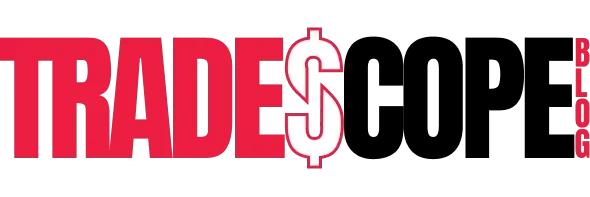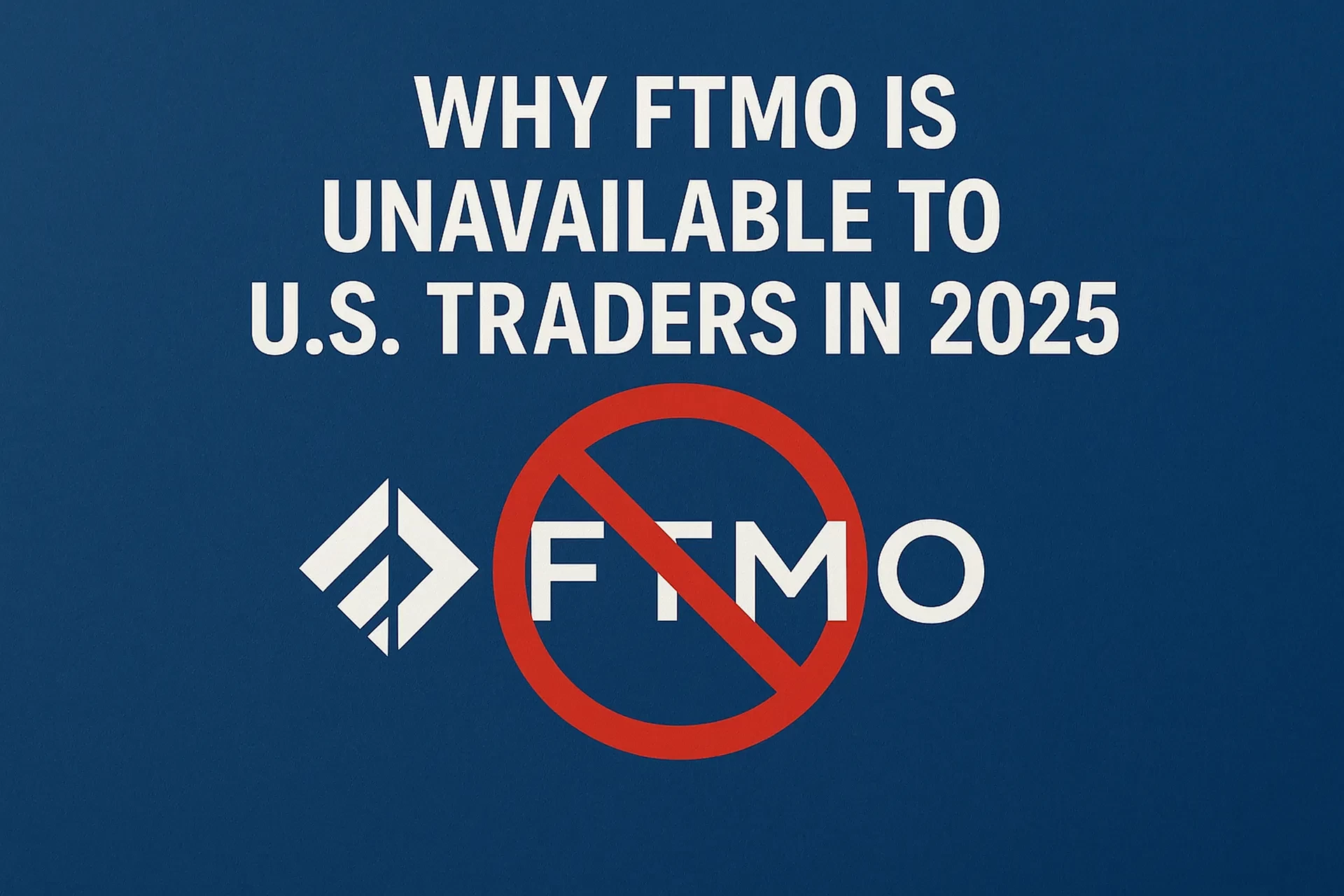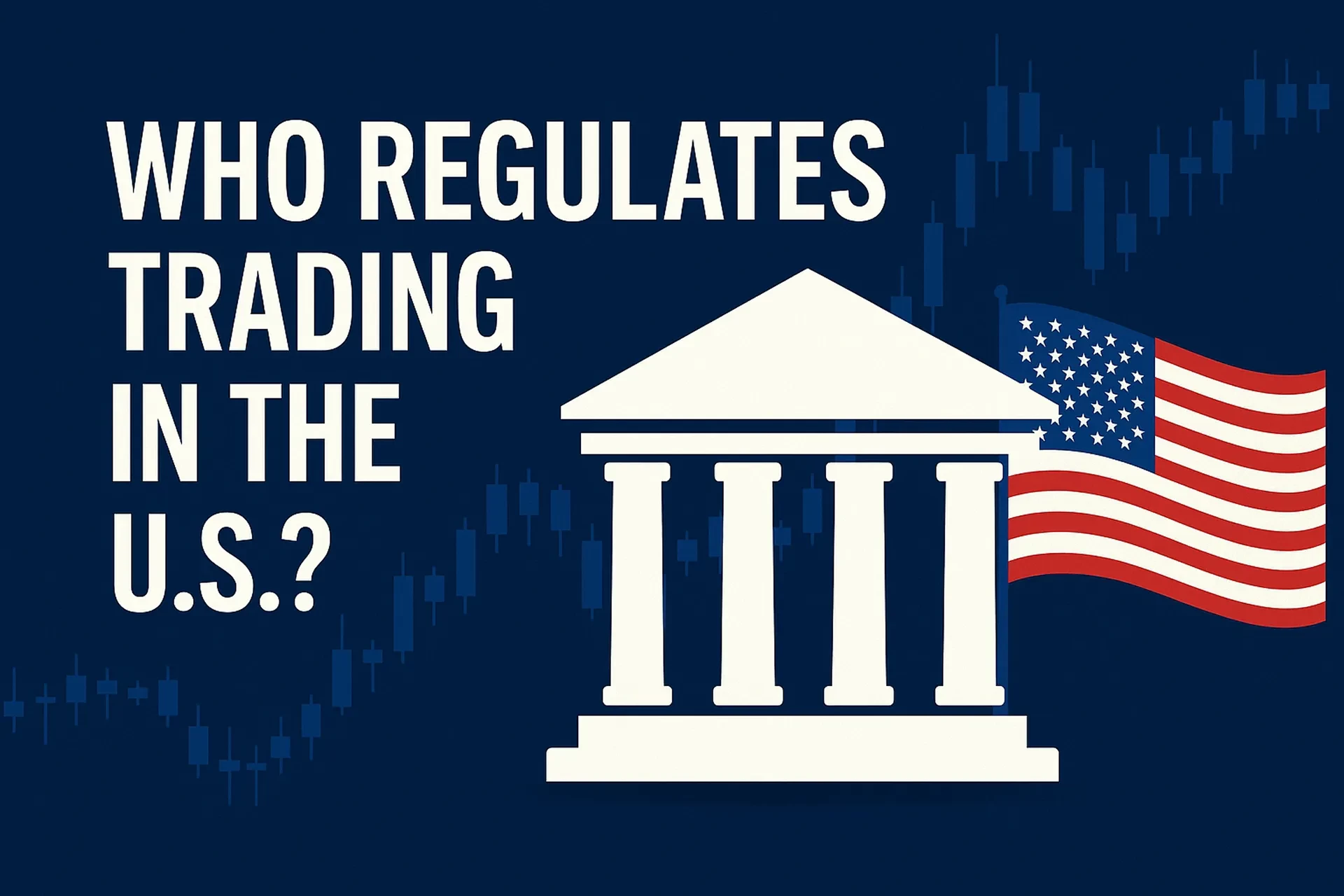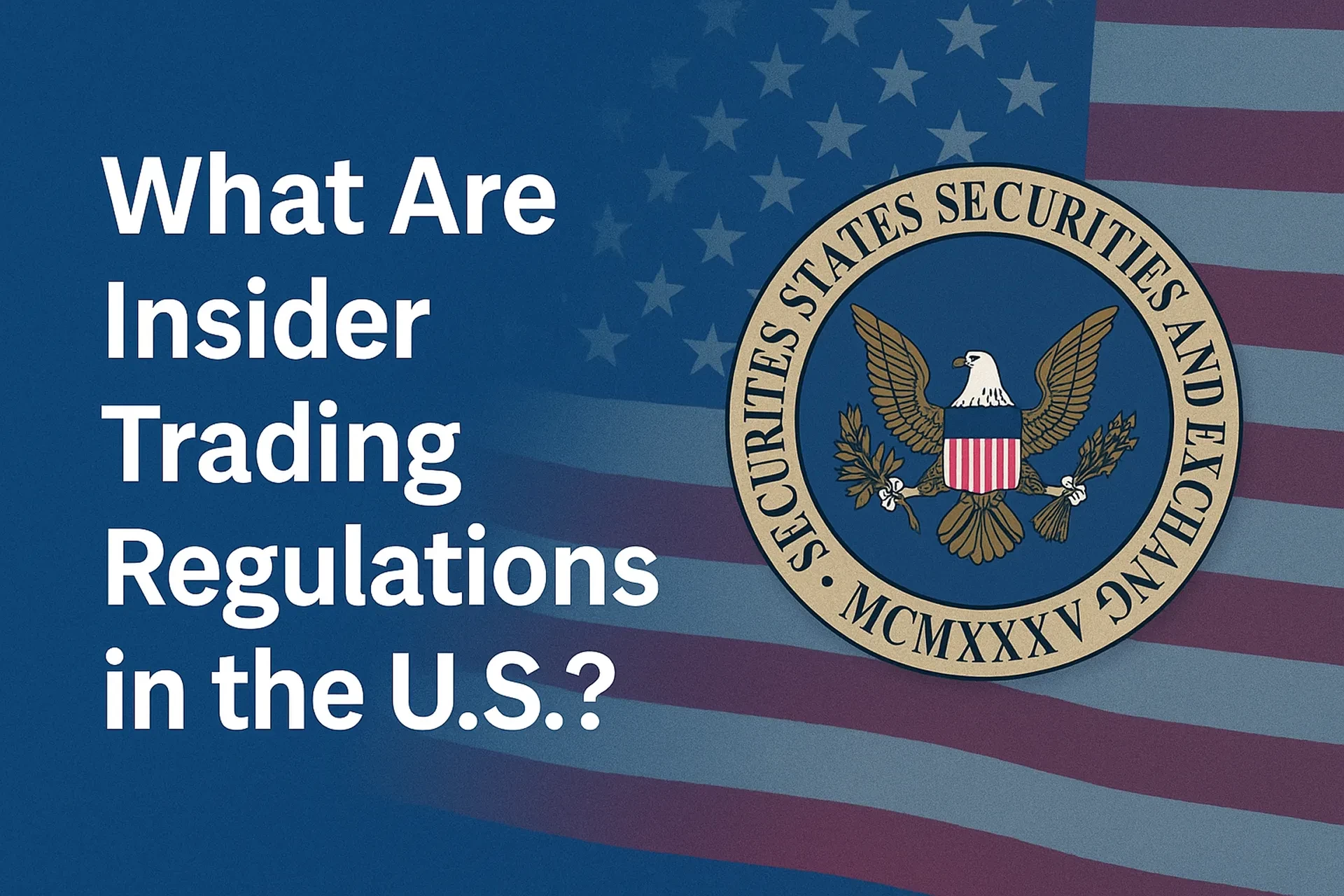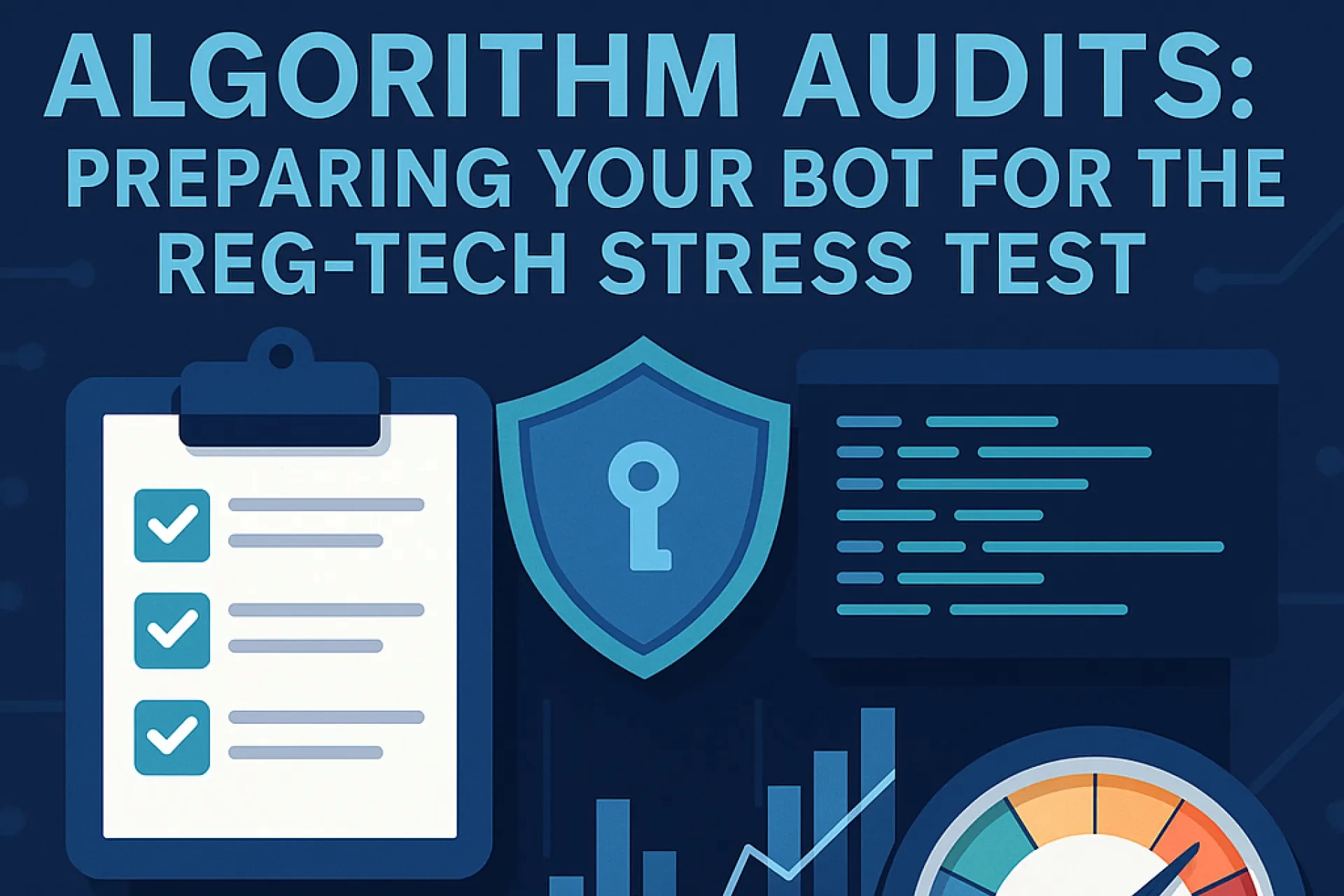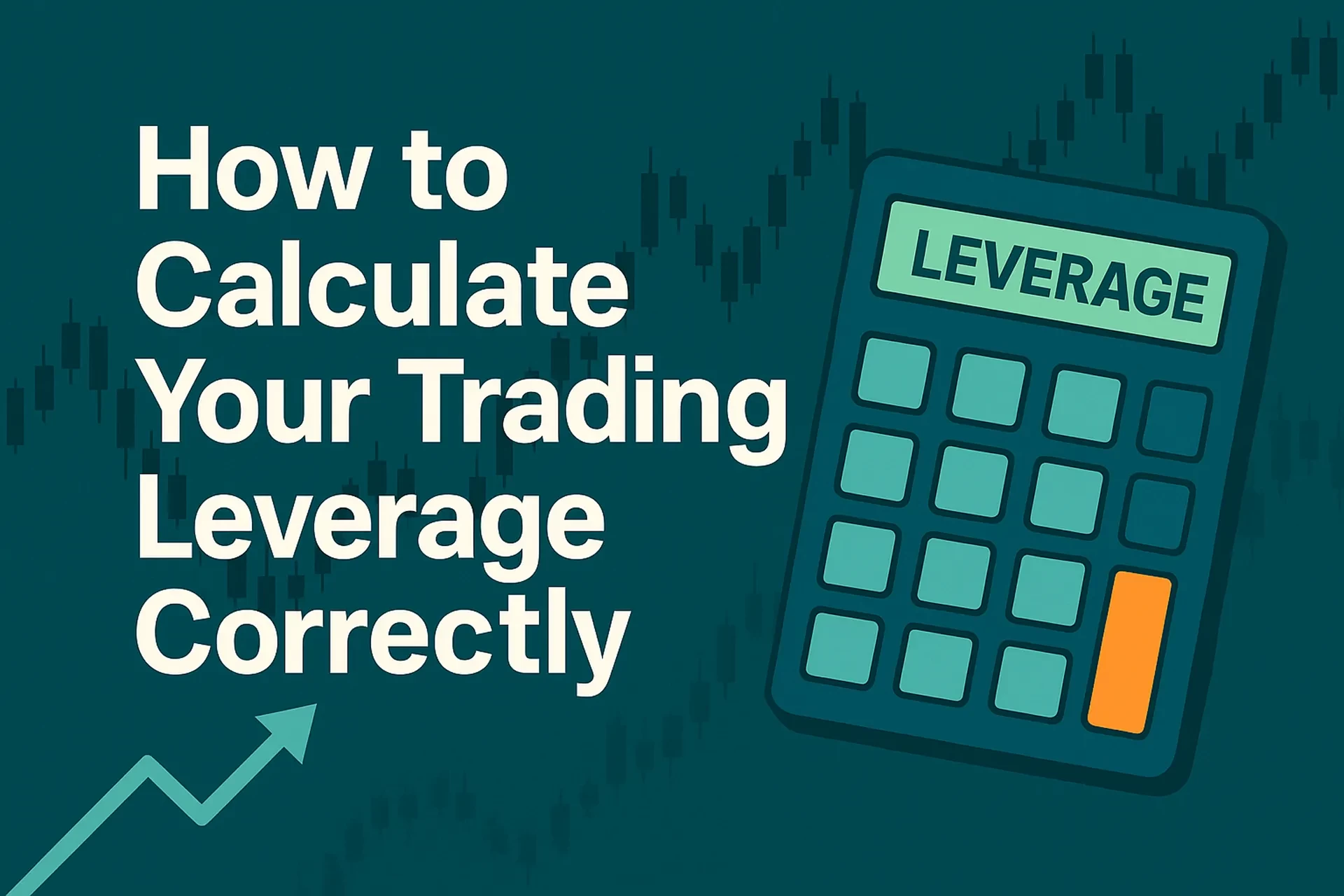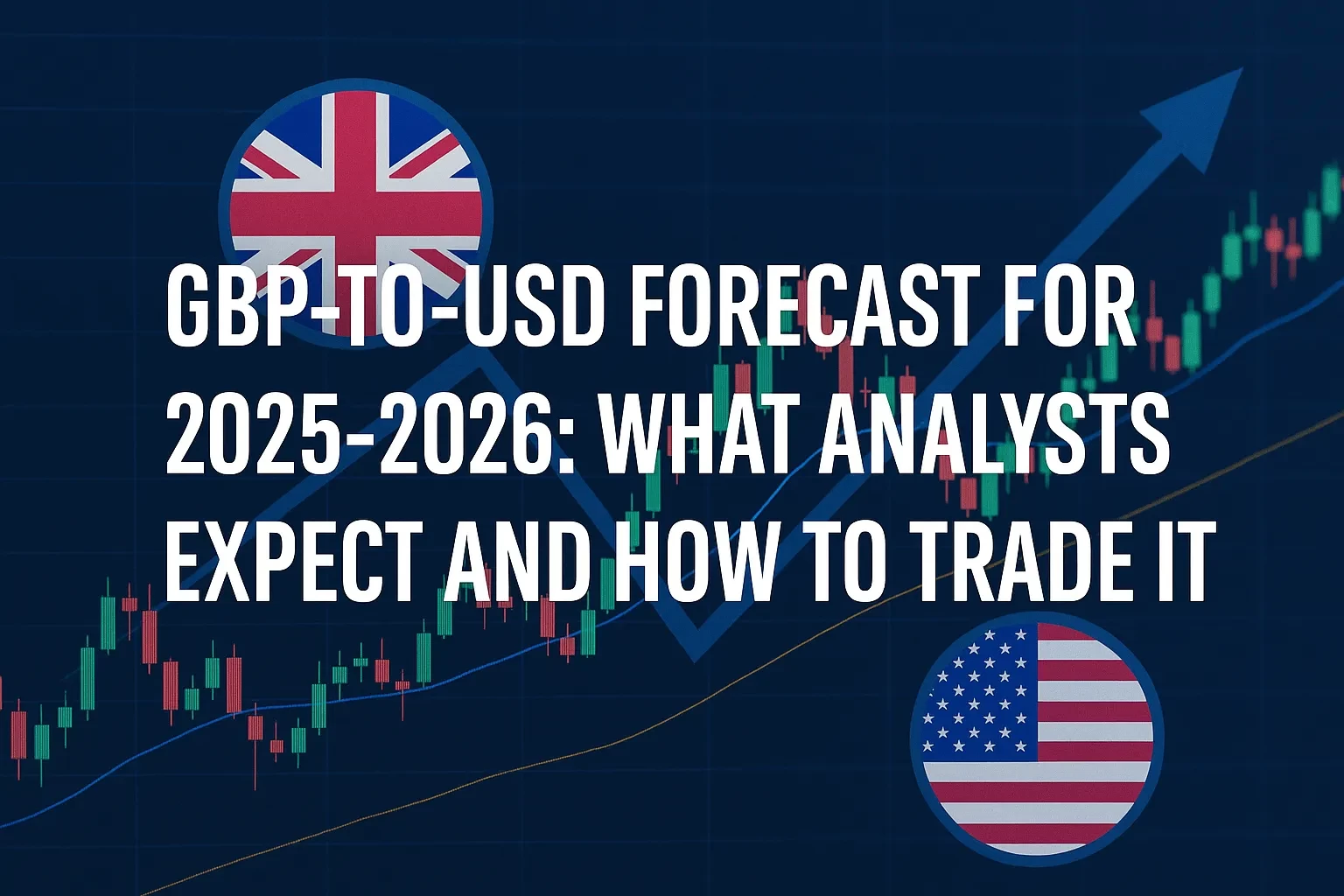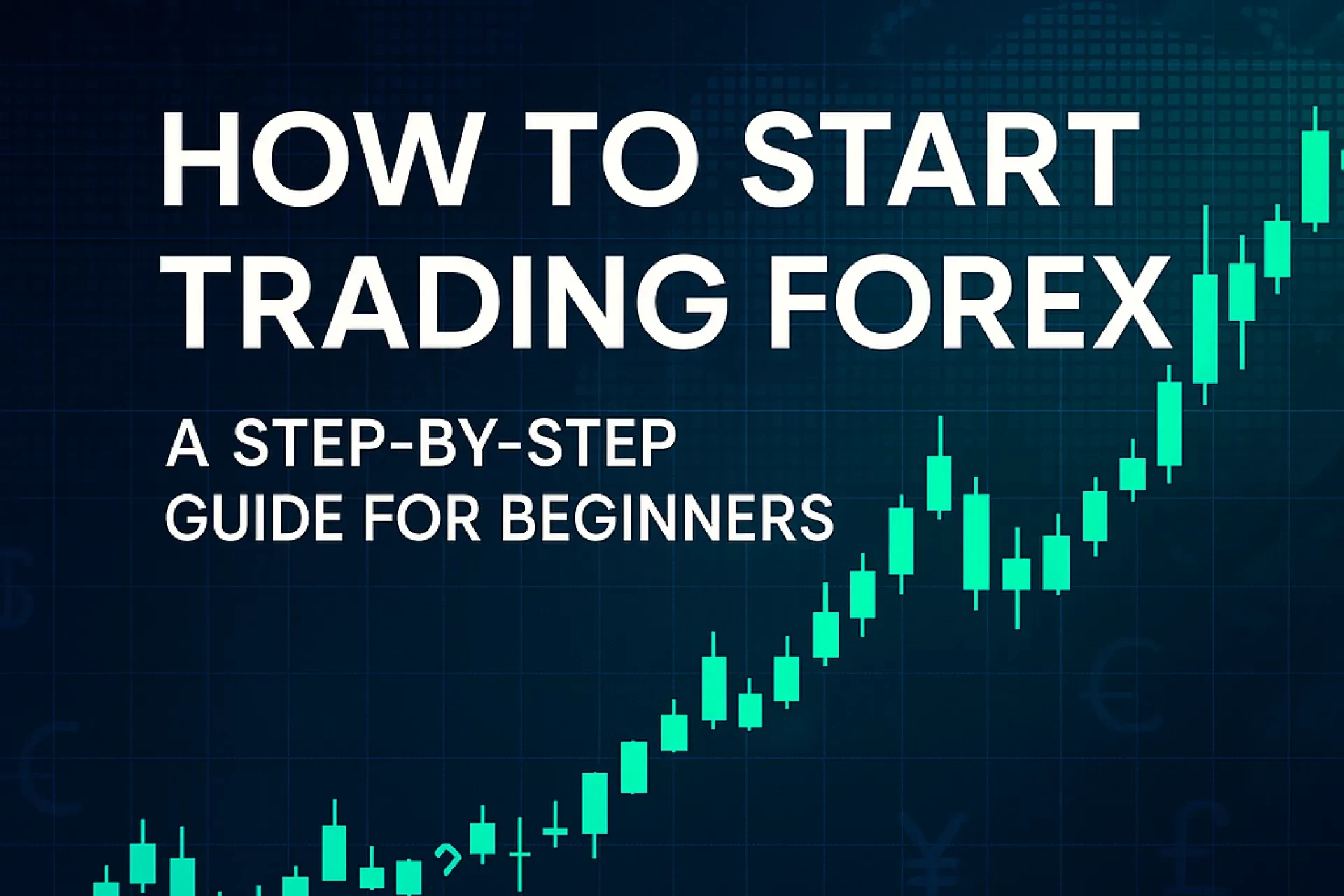Answer up front: Most losses in prop trading come from preventable mistakes—weak risk gates, impulsive entries, and systems you don’t actually run. You can cut the majority of that damage by using a pre-trade rubric, fixed risk budgets, and a journaling loop that flags drift before it becomes a drawdown.
Table of Contents
Prop trading promises leverage, speed, and access—but the same features magnify human error. If you’re funding challenges or trading a firm’s capital, your “edge” is less about a fancy setup and more about repeatable behavior under stress. In this guide, you’ll learn a pragmatic framework to avoid the recurring traps that wipe accounts: system hopping, oversized risk, emotional entries, and going countertrend without rules. We’ll translate these into concrete decisions—how much to risk, when not to trade, how to size positions as volatility shifts, and how to audit your own execution. You’ll also see a “go/no-go” checklist, a risk-throttle formula, and a journaling taxonomy you can copy into your workflow. Wherever relevant, we point you to U.S. regulators so you understand the line between robust practice and regulatory red flags. The goal isn’t perfection—it’s survival and steady competence.
Plain-English definitions (so we speak the same language)
• Risk budget: The maximum % of equity you’ll allow per trade/day/week.
• Risk gate: A pre-trade condition (e.g., trend aligned, liquidity window open) that must be true before sizing up.
• Drift: Deviation from your plan (e.g., moving stops, impulsive entries).
• Volatility regime: A state of the market (quiet/trending/chaotic) that should change your size or even keep you flat.
• Prop constraints: Firm rules (daily loss limit, max drawdown, news restrictions) that must be baked into your plan.
The 7-Gate “Go/No-Go” Decision Framework
Before any order, score each gate 0–2 (0 = fail, 1 = marginal, 2 = strong). Trade only if the sum ≥ 9. If < 9, you can still trade—but cap size at half your usual risk or skip.
1) Trend alignment (is price aligned on your system’s higher timeframe?)
2) Liquidity window (are you trading your tested session? e.g., first 90 mins U.S. cash open)
3) Volatility regime (ATR/true range not extreme vs. your backtest median)
4) Setup quality (your A-pattern, not a look-alike)
5) Risk-reward (≥ 2:1 net of costs/slippage—be honest)
6) News risk (no scheduled high-impact releases within your hold time)
7) Psychology check (no urgency, no revenge motive; last trade closed emotionally neutral)
Takeaway: This rubric prevents “I kinda like it” trades from sneaking in as full-risk positions.
Risk Throttle Formula (simple and enforceable)
Position size % of equity
= min( MaxRiskPerTrade%, (GateScore / 14) × VolatilityCap% )
• MaxRiskPerTrade%: e.g., 0.75% (never exceed).
• GateScore/14: scales with decision quality (0–1).
• VolatilityCap%: cap for current regime; e.g., 0.6% in choppy markets, 1.0% in quiet trends.
Example. GateScore = 10 → 10/14 ≈ 0.71. In a choppy regime (VolatilityCap 0.6%), size = min(0.75%, 0.71×0.6% ≈ 0.43%) → 0.43%. You’ve just hard-coded “smaller when conditions degrade,” which is the opposite of how most traders blow up.
Step-by-step: Build a plan you’ll actually run
1) Codify entries/exits: Write mechanical rules you can test (not vibes).
2) Set prop-aware risk budgets: Daily loss ≤ 1.5× your MaxRiskPerTrade% × expected #trades; weekly loss ≤ 3× daily.
3) Define the no-trade zones: Low-liquidity hours, unscheduled platform issues, or personal fatigue.
4) Size by formula, not by feel: Use the Risk Throttle; publish it in your journal header.
5) Pre-register your stop/target: Place them with the order; no “mental” stops.
6) Journal the why: Outcome + intent + emotion + any drift.
7) Weekly audit: Tag “avoidable” losses (rule breaks, FOMO, late entries). The objective is less drift next week, not “more wins.”
Common failure patterns—and precise fixes
1) Trading without a plan
Symptom: Each day is “new,” rules morph with mood.
Fix: One-page plan: market(s), sessions, 2–3 setups with criteria, risk budgets, checklist, and halt rules.
2) Skipping the simulator
Symptom: You “learn with skin in the game,” but you’re just paying tuition repeatedly.
Fix: Treat sim like a paid challenge: hit 20–30 sample trades per setup before going live. Your goal is execution speed and zero drift, not PnL.
3) No trading journal
Symptom: Memory edits reality; you repeat mistakes.
Fix: Journal taxonomy (copy this): Setup / GateScore / Regime / Entry class / Exit class / Drift? / Emotion (1–5) / Rule tag. Review weekly.
4) Hot-hand escalation
Symptom: After wins you double size, relax stops.
Fix: Size lock: no size increase within the same session; any +size requires a green day + green week plus equal GateScore.
5) System hopping (“holy grail” hunt)
Symptom: New indicator every drawdown.
Fix: Quarterly change window only; until then, reduce risk by regime, not by switching systems.
6) Underestimating psychology
Symptom: Revenge trades after a miss; fear of re-entry.
Fix: Two micro-rituals: Reset Breath (60s) and Commitment Script (“I execute rules; I do not chase”). Log emotion score pre-trade.
7) Risk neglect
Symptom: Same size in quiet and wild markets; large concentration on one symbol.
Fix: Apply the VolatilityCap and a correlation cap (not more than 2 correlated positions simultaneously).
8) Boredom trades
Symptom: Clicking because the chart is open.
Fix: Idle protocol: if no A-setup in 30 minutes, step away for 10; alarms only. Your best trade is often no trade.
9) Flying blind on stats
Symptom: Don’t know win rate, average R, or drawdown.
Fix: Track WR, AvgR, NetR, MaxDD, Drift%. Decisions without stats are just opinions.
10) Countertrend without a system
Symptom: Catching knives with wide stops.
Fix: Countertrend allowed only if: higher-timeframe exhaustion signal + tight invalidation + partial targets into mean reversion. Otherwise, skip.
Practical mini case study: Turning a choppy Tuesday from red to flat
• Context: ES futures, U.S. cash open. ATR is 20% above 30-day median → Choppy regime.
• Plan: Two A-setups; risk throttle active; daily loss cap 1.3%.
• Trade 1: GateScore = 8 (<9). Size limits to 0.34% equity. Outcome: -0.34%.
• Trade 2: GateScore = 9; size 0.45%; exits partial at 1.2R, rest BE. Net day ≈ -0.05% after costs.
• Lesson: Rubric + throttle converts a would-be -1.5% day into almost flat. That “boring” defense is how you pass challenges and keep funded status.
U.S. compliance snapshot you should actually care about
• Risk disclosures matter. U.S. derivatives rules require standardized risk statements for retail options and other derivative trading; revisions to disclosure frameworks were finalized in late 2024 with compliance dates into 2025 (CFTC final rule; compliance date March 31, 2025).
• Self-regulation & forex rules. The National Futures Association (NFA) oversees U.S. derivatives SRO programs; members engaging in forex have approval and supervision requirements—useful context for traders evaluating firm claims.
• Day trading is risky (SEC). The SEC’s Investor.gov warns that leveraged, fast-paced strategies can lead to substantial and even greater-than-principal losses—evidence to keep your risk budgets conservative.
• Regulatory scrutiny around prop models. Recent commentary notes attention on how firms represent simulated vs. live trading, execution, and payouts; maintain skepticism and do due diligence.
Practical tip: Use these sources as a checklist for firm selection: do they provide clear disclosures, spell out payout mechanics, and align with U.S. supervisory norms?
Lightweight comparison: When a “good” setup is not a green-light setup
| Condition | Looks good… | Green-light proof |
|---|---|---|
| Trend | Pullback on 5m | Higher-TF confirms; structure intact |
| Liquidity | Price is moving | Your tested session; spreads typical |
| Volatility | Big candles | ATR within your regime cap |
| Setup | One signal fires | Confluence of your A-criteria |
| Risk | Stop “feels fine” | R:R ≥ 2 after costs; hard stop queued |
Takeaway: A chart can look attractive and still fail two gates; throttle size or pass.
Expert tips for staying funded
• Two-strike rule: Any two consecutive rule-breaks → halt for the day.
• Equity curve circuit breaker: If weekly NetR < -3, run half size until you post two green days.
• Mechanize exits: Use OCO orders; discretionary exits increase drift.
• Platform drills: Practice stop/limit hotkeys in sim weekly.
• Challenge hygiene: If your firm bans trading around major releases, build a calendar feed into your checklist.
FAQ
Conclusion: Build a system that forgives your worst day
You won’t eliminate mistakes; you’ll budget for them. Use the 7-Gate rubric to filter setups, the Risk Throttle to size sanely, and the journal taxonomy to reduce drift. Tie everything to simple circuit breakers—size locks, daily halts, and regime caps. That’s how you pass challenges, keep funded status, and compound competence month after month.
Risk Disclaimer
This article is for educational purposes only and is not financial advice. Trading futures, forex, equities, and derivatives involves significant risk of loss and is not suitable for every investor. You can lose more than your initial investment. Past performance is not indicative of future results.
